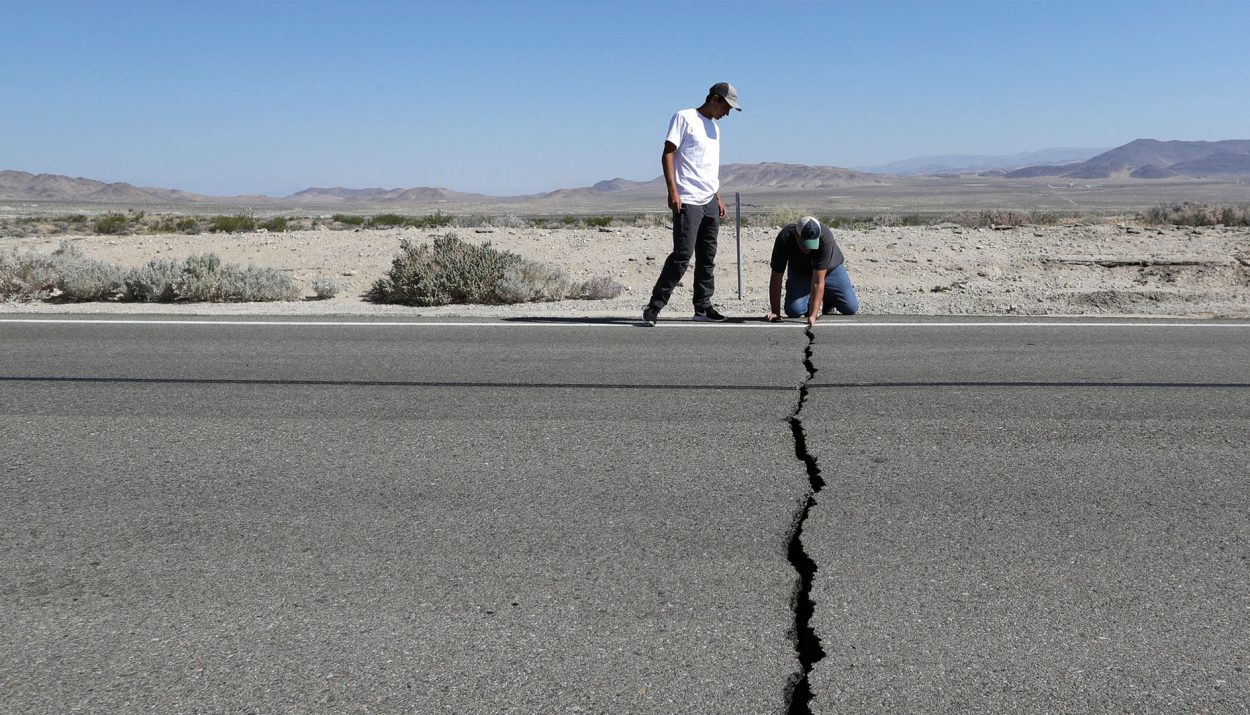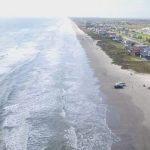Perched atop the infamous San Andreas fault, the tiny rural town of Parkfield, California, has earned the nickname “earthquake capital of the world.” Scientists eagerly study Parkfield, waiting and watching for the fault’s next big shimmy.
According to a recent study, seismic measurements around Parkfield are behaving oddly, prompting scientists to suspect a local quake could strike sometime this year. However, there are no obvious signs of ground cracks or other precursors of imminent shaking.
Parkfield, California Earthquake Capital of the World
Parkfield, a small town located along California’s famous San Andreas Fault, has earned the nickname “earthquake capital of the world” due to the frequency of tremors in the area.
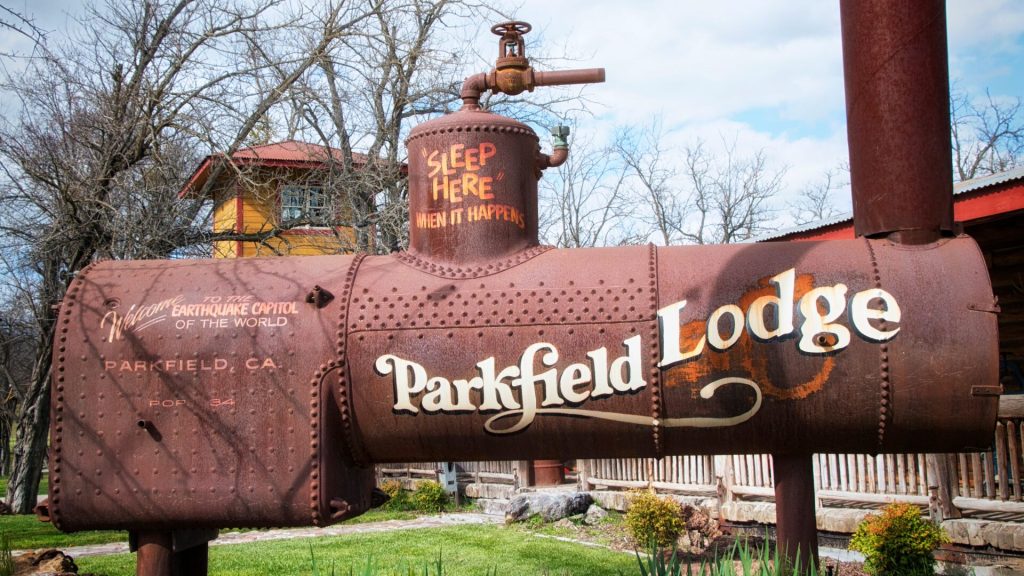
According to Luca Malagnini, director of research at Italy’s National Institute of Geophysics and Volcanology, unusual activity around Parkfield suggests a quake could strike nearby sometime this year.
The Famous San Andreas Fault Line
The San Andreas fault line is one of the most well-known and extensively studied fault lines in the world.

Running roughly northwest-southeast through California, it forms a boundary between the Pacific plate and the North American plate. As the plates grind past each other, the fault builds up pressure that is released during earthquakes.
Movement Along the Fault
The plates on either side of the San Andreas fault move relative to each other at a rate of about 2 inches per year.
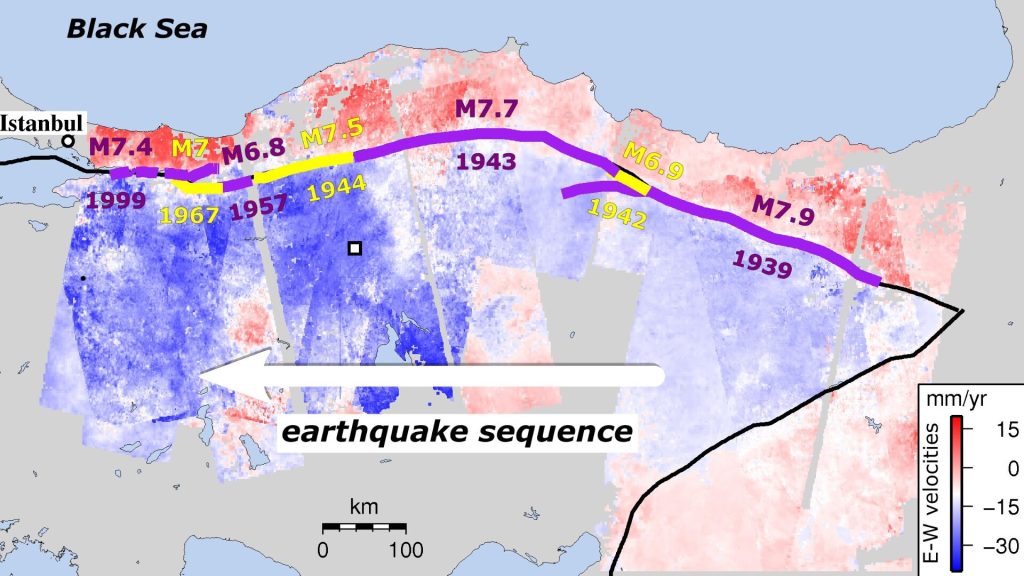
This movement causes earthquakes along the fault, ranging from small tremors to massive quakes measuring 7.8 or higher on the Richter scale.
Predicting Quakes Along the San Andreas Fault
Parkfield’s location along the fault makes it an ideal place for scientists to detect changes that could signal an impending earthquake.
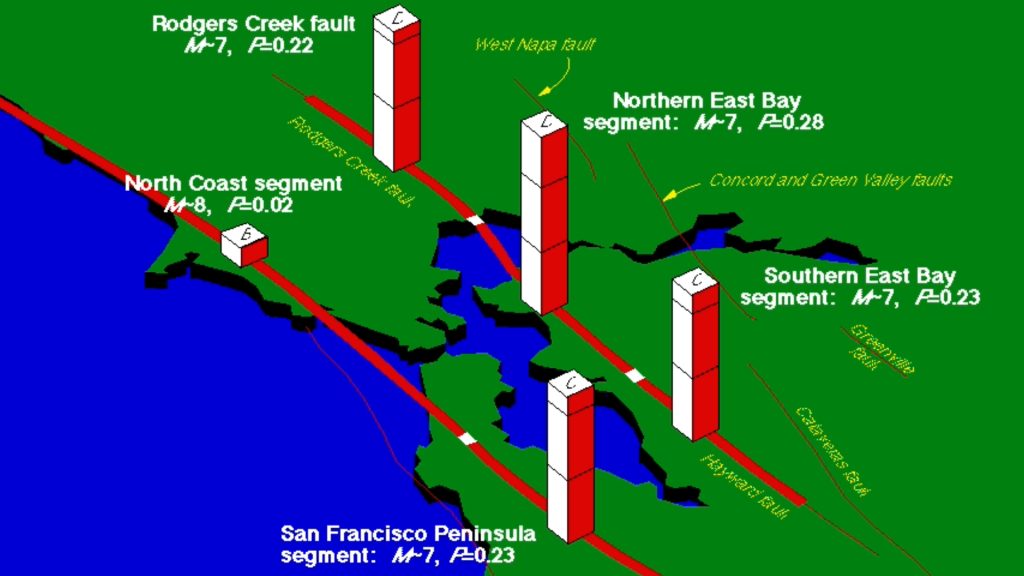
While there are no obvious signs of cracks or fissures that often precede a quake, Malagnini’s research found that seismic wave attenuation – how sound waves lose energy as they travel through the ground – has dropped significantly since 2021.
The Great Quake of 1857
One of the largest earthquakes ever recorded in California took place on January 9, 1857. Known as the Great Fort Tejon Earthquake, it ruptured over 360 miles of the San Andreas Fault from Parkfield to Wrightwood.
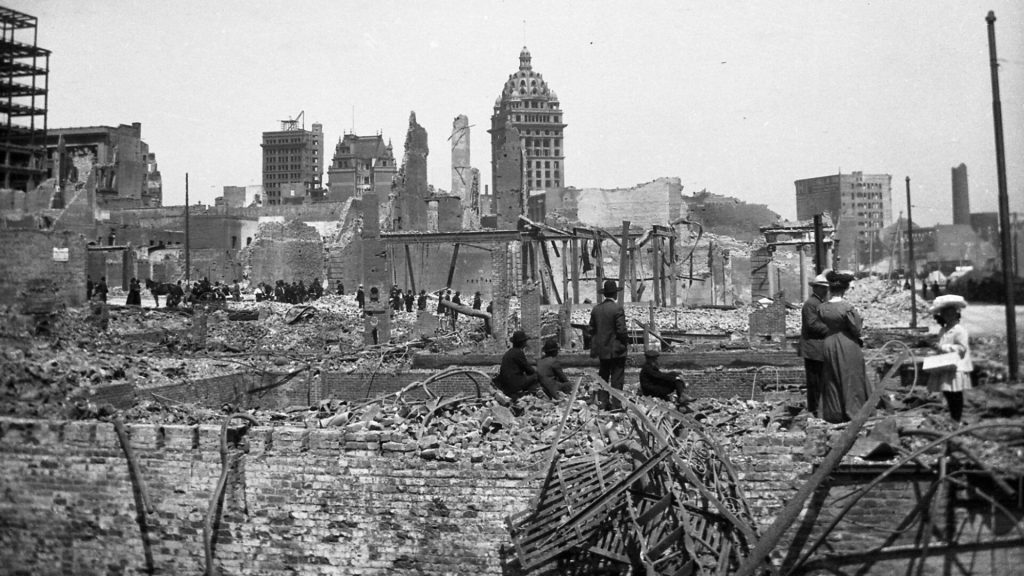
With an estimated magnitude of 7.9, it caused massive damage as far as San Francisco and Los Angeles.
The 1906 San Francisco Earthquake
On April 18, 1906, a magnitude 7.9 earthquake struck Northern California. Centered along the San Andreas Fault near San Francisco, it demolished more than 28,000 buildings and resulted in up to 3,000 deaths.
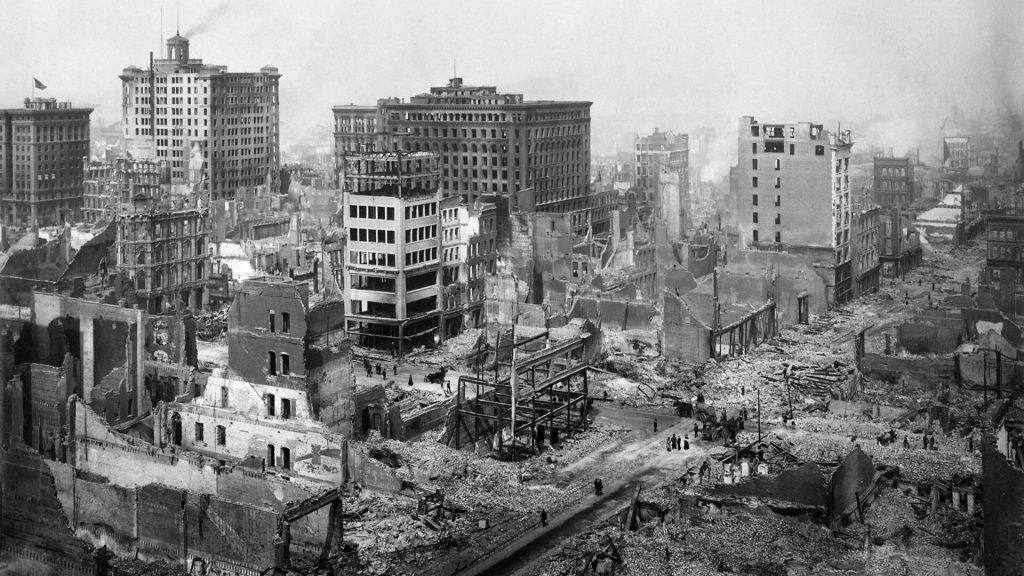
The earthquake and subsequent fires caused widespread damage and left up to 300,000 people homeless.
Sylmar Quake of 1971
The magnitude 6.6 Sylmar earthquake hit the San Fernando Valley on February 9, 1971. It killed 65 people, injured more than 2,000, and caused over $500 million in damage.
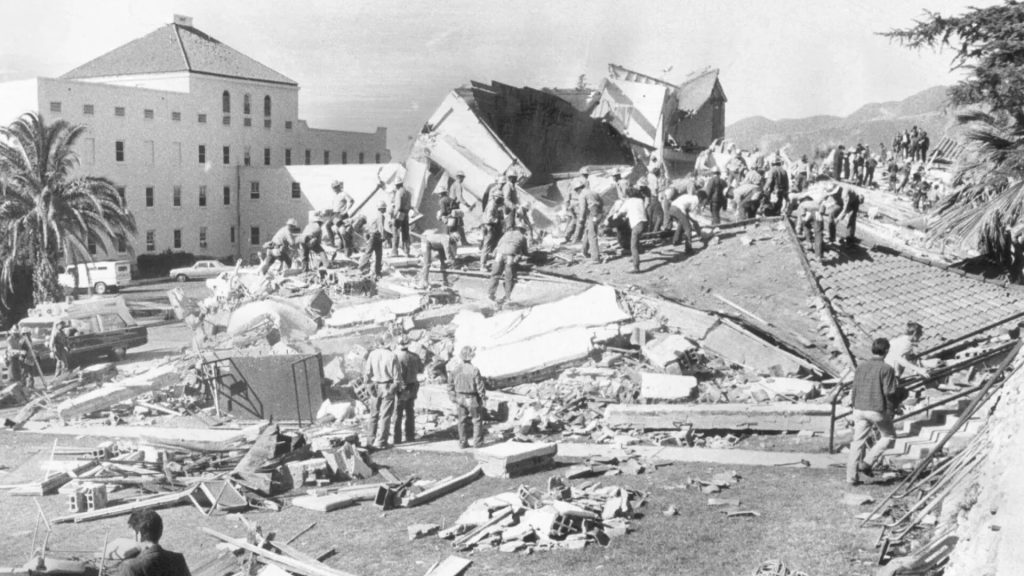
The Sylmar quake highlighted the risk of building collapse and loss of critical infrastructure like hospitals, highlighting the need for improved building codes and emergency preparedness.
1966 Parkfield Earthquake
The town of Parkfield has been studied closely by scientists for decades due to its location along the San Andreas Fault. In 1966, Parkfield experienced a magnitude 6 earthquake, causing damage to buildings and infrastructure.

When the quake struck, the shaking lasted for about 15 to 20 seconds, damaging chimneys, cracking walls, and rupturing water lines. Though frightening, a magnitude 6 quake typically causes minor damage compared to the catastrophic destruction of larger quakes.
Parkfield’s Unusual Seismic Activity in 2022
Malagnini’s study analyzed how sound waves lose energy as they move through the rock formations around Parkfield. This quality depends on the permeability of the rock, which changes as cracks form before an earthquake.
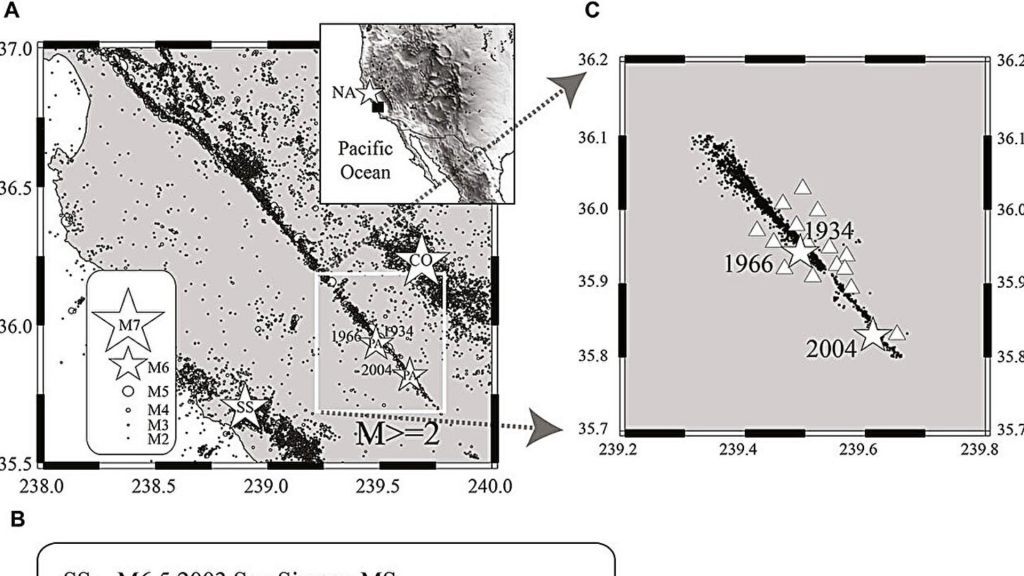
Malagnini noted that “the behavior of the attenuation parameter in the last few years seems substantially different from the one that characterized the years before the 2004 mainshock.”
Comparison to Previous Parkfield Earthquakes
The town of Parkfield has experienced multiple earthquakes in the past along the San Andreas fault. The last major earthquake in Parkfield occurred on September 28, 2004.
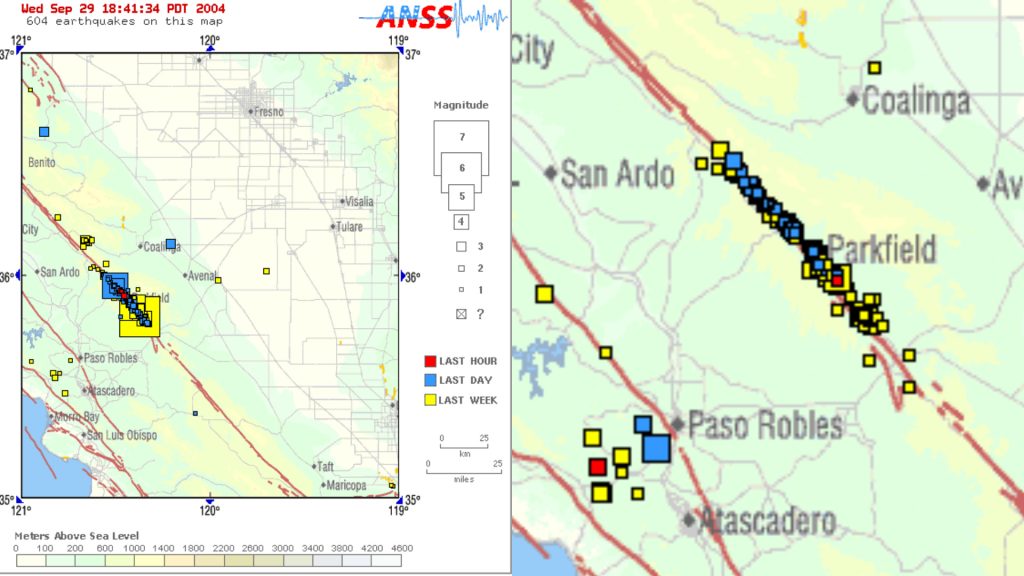
This quake measured magnitude 6 on the Richter scale and caused some damage to the small town. Compared to the previous quakes, the attenuation measurements leading up to the 2004 event were higher, indicating changes under the surface.
What Magnitude Can Residents Expect for the Next Parkfield Quake?
The Parkfield area typically tops out around magnitude 6, which can cause damage but is less likely to result in catastrophic loss of life or property.

A magnitude 6 quake releases as much energy as the atomic bomb dropped on Hiroshima during World War II – enough to violently shake the ground for up to a minute and crack foundations, but not usually enough to completely level buildings.
Impacts and Damage From Parkfield Earthquakes
Parkfield earthquakes usually cause damage to property in the tiny town, though injuries are rare given the small population.
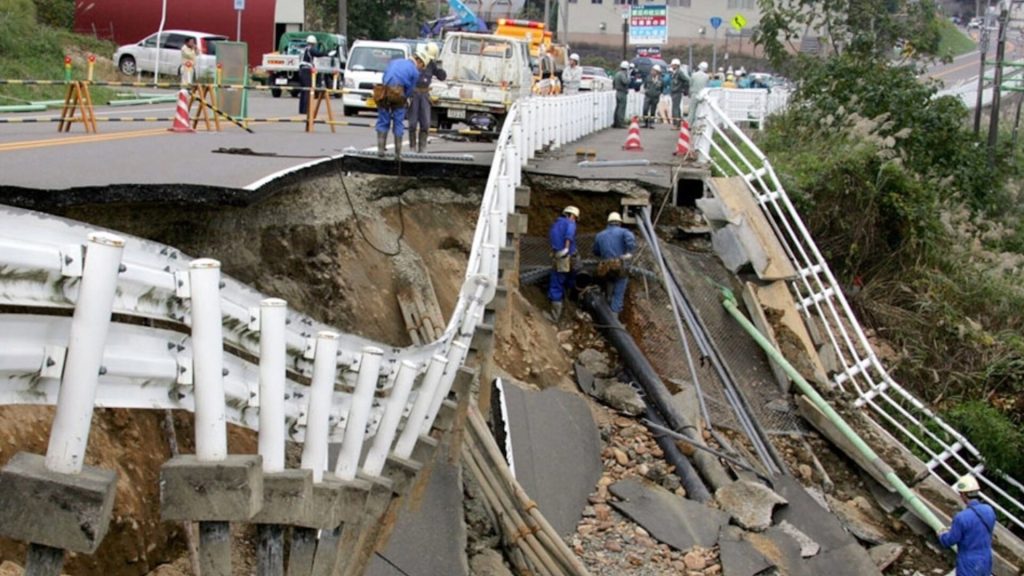
The magnitude 6 tremors can crack foundations, damage chimneys, and destroy porches. In 1966, quake damages were estimated at $375,000, equivalent to $2.8 million today.
Frequent Tremors Providing Data For Quake Study
The frequent tremors in Parkfield provide invaluable data to help scientists better predict earthquakes elsewhere along the San Andreas fault and around the world.

By closely monitoring this section of the fault, researchers gain insights into patterns that may emerge before a quake.
A Living Laboratory for Seismic Activity
While the exact timing and location remain uncertain, the fascinating dynamics in Parkfield offer invaluable insight into the mysteries of earthquake prediction.

The abnormal sound wave patterns, extended quiet periods, and lack of pressure-relieving quakes all point to rising tensions deep below the surface.

